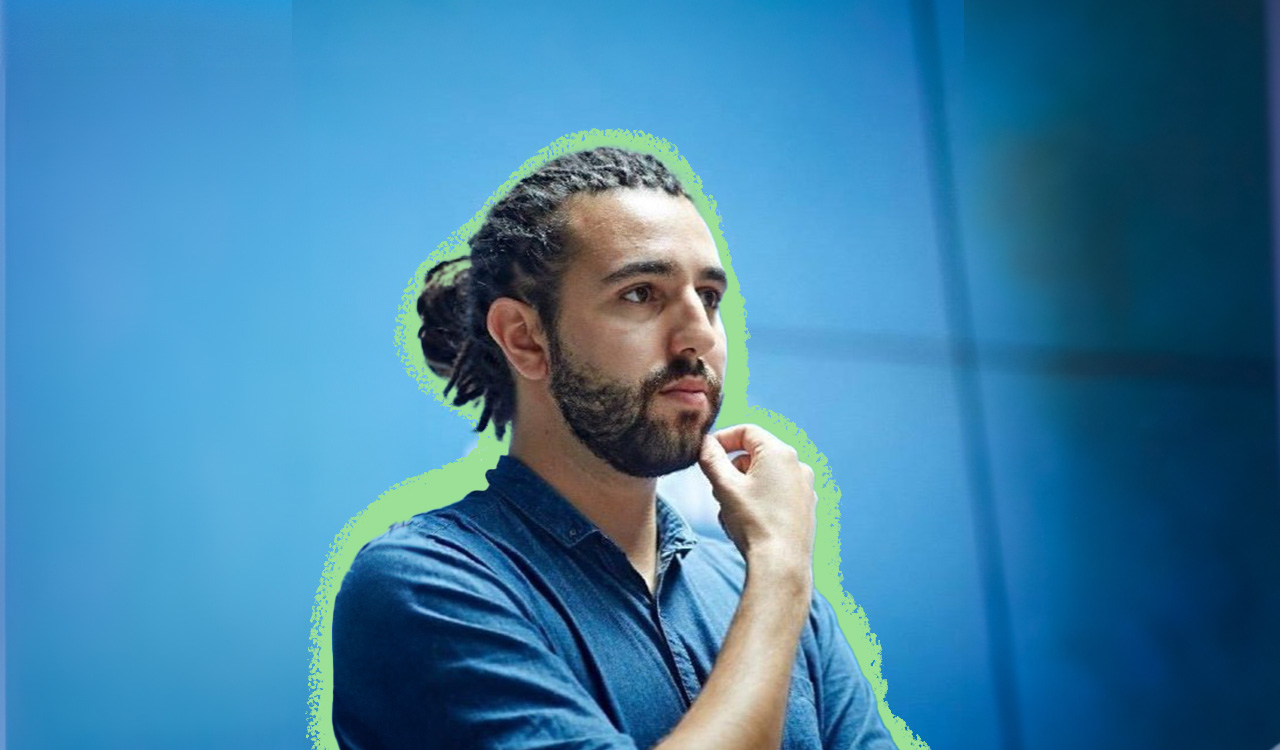While the metaverse has been waving its avatar hands, garnering the attention of Chief Marketing Officers now lined up in starting blocks, the starter pistol in the metaverse marketing race won’t echo with any scale for years. Exploration and testing in the domain are prudent, but they should not distract attention from the paradigm shift that is already unfolding. Artificial Intelligence has entered a new phase that will change many things, but the focus of this screed is how it will affect the marketing of brands, and retailing.
The New Chapter in AI
Change may seem sudden and abrupt, but often it has been quietly developing for years. Still, sometimes, a technology evolves so quickly that astonishing developments do seem to come out of nowhere. The next iteration of artificial intelligence, Generative AI, qualifies.
AI efficiencies will become increasingly obvious in many professions, but in personalized advertising and marketing, they will likely prove irresistible to brands and retailers. While creativity and brilliance will always be in demand, even the more creative professions of photography and design may surrender to AI as the technology optimizes.
Generative AI has entered the hype cycle, still, I argue that it is important and will systemically change how our industry functions. As with any systemic change, it carries a myriad of implications, both positive and negative that we will get into shortly.
Before we go there, what is Generative AI? At its most basic, generative AI takes a text prompt, or verbal input, and creates something new. It transforms the original prompt into a headline, a blog post, a legal brief, a narrative, computer code, an ad, an image, a song, a marketing message, news, poetry, voice commands, product catalogs, sales presentations, or something else I’ve neglected to mention. It produces content that can evoke the same syntax, cadence, language, and context as a human being. In this piece, we have curated a few technologies that we believe are going to change our lives, professionally and personally.
Next-Gen Technologies
You may have heard chatter about DALL-E-2 (a mash-up of Salvador Dali and WALL-E) and GPT-3 (generative, pre-trained transformer-version 3); these are a few of the generative tools that create AI-informed content. These tools have reached a tipping point in efficacy. To explain how in non-tech speak, they have been trained by absorbing unfathomable quantities of data, while training to mimic human brain activity. After enough practice, the machines have learned to develop content that resembles a result that approximates what a human might have written, designed, or otherwise come up with.
Marketers have been keen to access the proprietary text-generation platform GPT-3. In the Spring of 2022, a year after Microsoft took a financial stake, the company, OpenAI (the consortium that created GPT-3) began selling licenses to access the tool. Developers were quick to establish new business models based on the technology. Wired reported that more than a dozen generative AI marketing firms have already been established. Wired focused on Jasper, a subscription service designed to develop copy. Jasper’s site claims, “Without the right resources and motivation to create lots of juicy, relevant content, you can quickly fall behind. This is where artificial intelligence comes into play. Its powerful learning technology can plug the gaps in your content strategy, from ideation and outlining to writing and promoting”.
Picture Sort of Perfect
While the current generation of AI-powered text tools have introduced paywalls, anyone can download a free piece of open-source software to generate AI imagery from text—including me. As an experiment, I typed this prompt in DALL-E, An upright white rabbit, in a Thom Brown style suit, on the Las Vegas Strip, in the style of Edward Hopper. While this image is far from perfect, the Stable Diffusion app generated it in less than fifteen seconds.
Conversational Commerce
Yet another development is the sophistication of the AI-infused chatbot. Meta (né Facebook) has introduced Blenderbot 3, just as natural language processing has advanced to the point where human to pretty-darn-human-like conversational engagement is increasingly evident. The same algorithms that can produce our Las Vegas rabbit image in less than 15 seconds are becoming increasingly capable of creating rapid, custom responses to consumer queries. The applications of this technology are bound to multiply. Think: Customer service that is relevant, empathetic, and efficient.
AI at Work
I labeled this change a paradigm shift at the top of the piece. While these tools are fascinating and fun, they are expected to have a profound impact on both creative and knowledge work–soon. AI efficiencies will become increasingly obvious in many professions, but in personalized advertising and marketing, they will likely prove irresistible to brands and retailers. While creativity and brilliance will always be in demand, even the more creative professions of photography and design may surrender to AI as the technology optimizes.
For example, you are creating a presentation and need to illustrate it with an image that represents exactly what you are proposing. Instead of struggling to find scrap art or stock photos, DALL-E-2 with the appropriate prompts can produce exactly the image you need. Or think about product catalogs, fashion, interior design, website imagery – even refreshing a logo. All of this can all be generated digitally. And with DALL-E-2, you own the imagery and do not have to pay a third party for the rights.
Broader Implications
We are rapidly approaching the juncture where machines surpass human capabilities in some professional capacities, and the inevitability of this seems obvious. Now is the time to consider the implications. Positive implications include increased efficiencies that could result in lower costs and new careers in AI supervision and quality oversight, but we need to understand that for some, careers and livelihoods will evaporate. We have seen the perceived benefits of offshoring, both in manufacturing and services from the 1980s and forward, balanced by negative economic, social, and political outcomes in the decades that followed. Covid-19 further revealed the system’s vulnerabilities. Before the industry fully embraces Generative AI, it is valuable to examine both the costs and benefits while developing an honest, long-term AI strategy that considers not only the shareholders, but also the stakeholders remembering that our employees are consumers, and participants in the economic system on which we all depend.
Foresight Is Hindsight
These generative technologies are either something to celebrate, be terrified by, or both. They raise existential questions: When do we know we are talking to a human? Are we reading an article written by a human? These are powerful tools that every organization may be using in the future, leveraging augmented intelligence to produce services, systems, and products. Innovators will be quick to advocate this technology as a solution to a wide range of problems, to create new efficiencies, tools to speed customer response, and fill task gaps in a shrinking workforce. Anticipating this augmented intelligence system, what new knowledge and skills will an organization need to ensure its effectiveness? How may it fundamentally change how a brand operates and how it works? And let’s offer a reality check. GPT-3 is programmed by human beings, and we know that information generated by humans is often a victim of conscious and unconscious bias. . Since the GPT-3 model was trained on internet text, it exhibits many of the biases that humans exhibit in their online text.
That said, we selected these technologies for a reason. While it may seem like science fiction if you are working daily to sell merchandise, attract customers and grow your business, each of these emerging tech solutions has a play in how you can improve your systems, marketing, and customer engagement. They are transformative, creative tools that are imperceptible to both casual and sophisticated recipients.
This stealth paradigm shift has already begun, and we hardly noticed.




